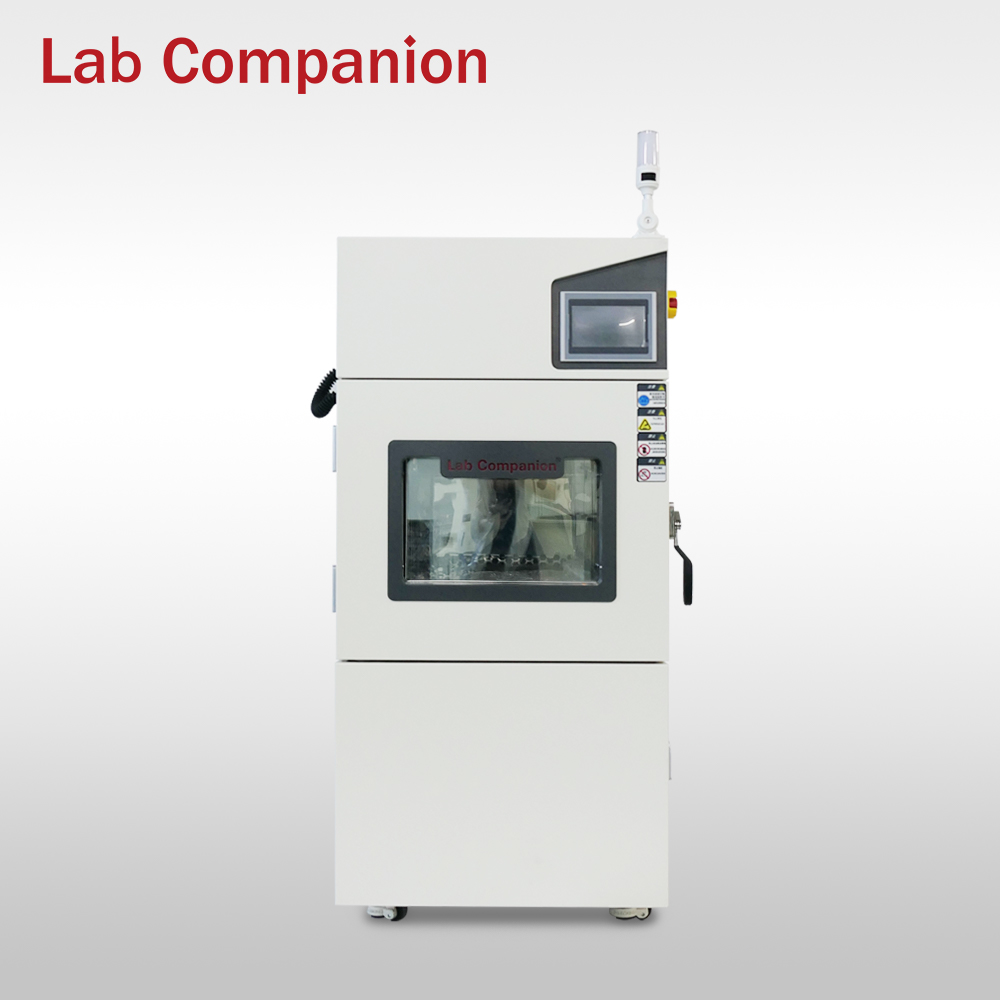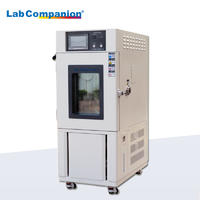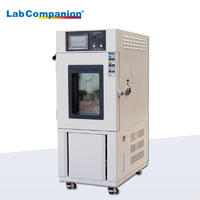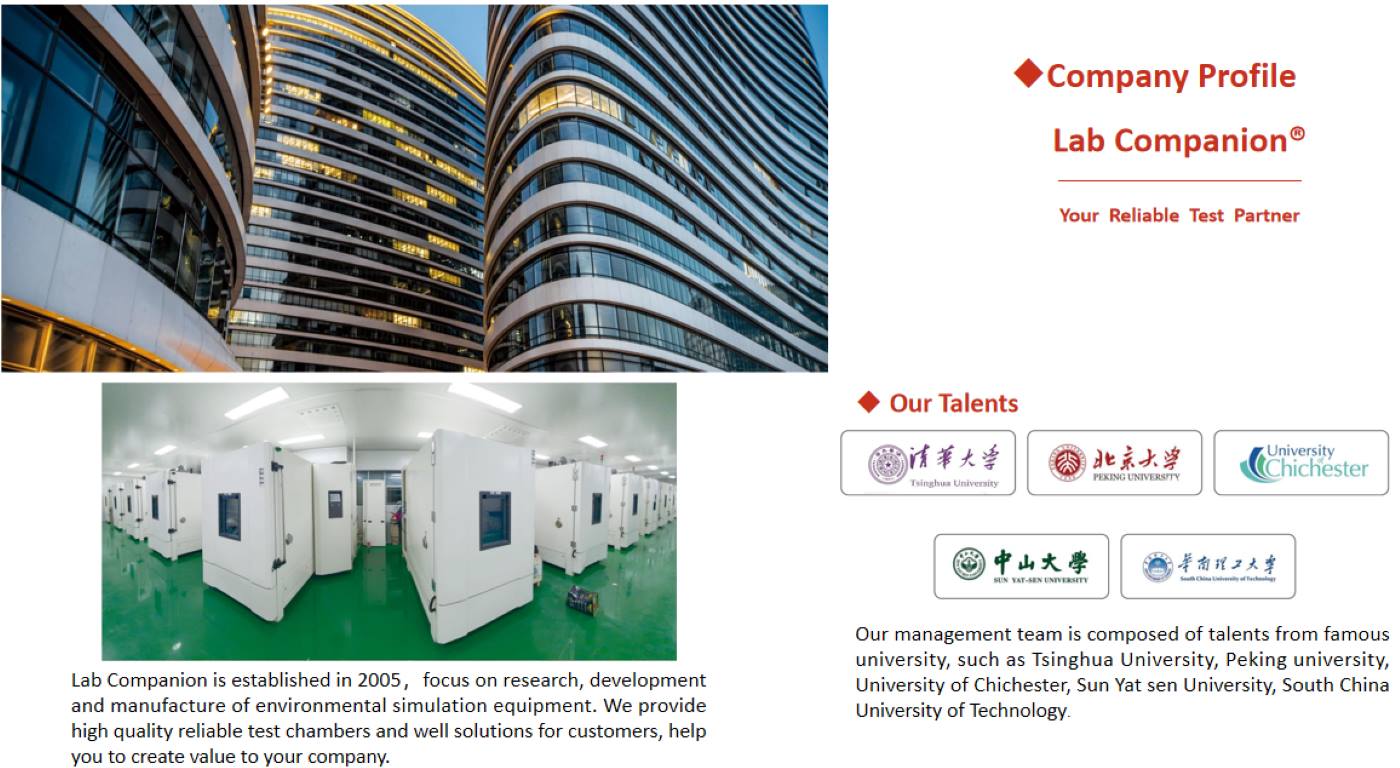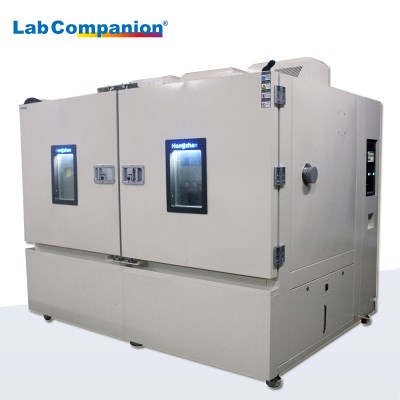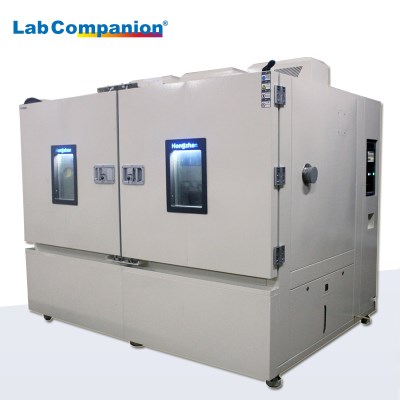A temperature flow meter is a precision instrument used to measure gas flow and temperature, widely applied in environmental monitoring, air conditioning systems, industrial manufacturing, and related fields. Its fundamental principle involves detecting temperature variations caused by gas flow to accurately calculate airflow velocity and volume, thereby providing users with precise data support. The instrument's key features lie in high precision and rapid response. Typically equipped with advanced sensors, it can swiftly capture minute changes in flow rate and provide real-time feedback. Its measurement accuracy remains exceptional even under complex environmental conditions, which is particularly crucial for industrial applications requiring strict control of airflow and temperature. Additionally, the operation of temperature flow meters is relatively simple—users only need basic configuration to obtain required data. This user-friendly design makes it easy for both professionals and general users to operate. Many modern models also feature digital displays with intuitive interfaces, allowing users to quickly understand current status and enhance usability. The instrument demonstrates excellent stability, maintaining consistent measurements over extended periods without significant drift, ensuring data reliability. With continuous technological advancements, many devices now integrate data storage and transmission functions, enabling users to review and analyze historical data post-test for informed decision-making. In conclusion, the thermal anemometer has become an indispensable tool in various industries due to its high precision, rapid response, user-friendly operation, and excellent stability. In daily life and professional settings, mastering this instrument not only enhances work efficiency but also provides crucial support for scientific research and engineering applications. As a vital measurement technology in modern science, it plays a pivotal role in technological advancement.
Common faults and treatment methods of constant temperature and humidity test chamber
The basic principle of the walk-in constant temperature laboratory
Two reasons why the constant temperature and humidity test chamber does not refrigerate
What are the customization processes of non-standard test boxes?
What are the performance of high and low temperature shock test chamber?
What should be paid attention to in summer when using the ice water impact test chamber?
What should I do if the high and low temperature test chamber has problems?
High and low temperature test chamber may encounter a variety of problems in the process of use, the following is a summary of potential faults and their causes from different perspectives:
1. Core system failure
Temperature out of control
Reason: PID control parameters are out of balance, ambient temperature exceeds the design range of the equipment, multi-zone temperature interference.
Case: In a special environment workshop, the external high temperature causes the refrigeration system to overload, resulting in temperature drift.
Humidity is abnormal
Reason: poor water quality of humidification leads to scaling and nozzle blockage, failure of ultrasonic humidifier piezoelectric sheet, and incomplete regeneration of dehumidification desiccant.
Special phenomenon: reverse condensation occurs during high humidity test, resulting in the actual humidity in the box being lower than the set value.
2. Mechanical and structural problems
Air flow is disorganized
Performance: There is a temperature gradient of more than 3℃ in the sample area.
Root cause: the customized sample rack changed the original design air duct and the accumulation of dirt on the centrifugal fan blade led to the destruction of dynamic balance.
sealing failure
New failure: the magnetic force of electromagnetic sealing door decreases at low temperature, and the silicone sealing strip becomes brittle and cracks after-70℃.
3. Electrical and control system
Intelligent control failure
Software level: After firmware upgrade, the temperature dead zone setting error occurs and the historical data overflow causes the program to crash.
Hardware level: SSR solid state relay breakdown causes continuous heating and bus communication is subjected to inverter electromagnetic interference.
Security protection vulnerabilities
Hidden dangers: the synchronous failure of the triple temperature protection relay and the false alarm caused by the expiration of the refrigerant detector calibration.
4. Challenges of special working conditions
Specific temperature shock
Problem: -40℃ to +150℃ rapid conversion of the evaporator weld stress cracking, thermal expansion coefficient difference resulting in the failure of the observation window seal.
Long-term operation attenuation
Performance degradation: after 2000 hours of continuous operation, the compressor valve plate wear leads to a decrease of 15% in refrigeration capacity and drift of ceramic heating tube resistance value.
5. Environmental and maintenance impact
Infrastructure adaptation
Case: The power oscillation of PTC heater caused by the fluctuation of power supply voltage and the water hammer effect of cooling water system damaged the plate heat exchanger.
Preventive maintenance blind spots
Lesson: Ignoring the positive pressure of the box leads to water entering the bearing chamber and biofilm growth and blockage in the condensate discharge pipe.
6. Pain points of emerging technologies
New refrigerant application
Challenges: system oil compatibility problems after R448A replaces R404A, and high pressure sealing problems of subcritical CO₂ refrigeration systems.
IoT integration risks
Fault: The remote control protocol is maliciously attacked, resulting in program tampering and cloud storage failure, resulting in the loss of test evidence chain.
Strategy recommendations
Intelligent diagnosis: configure vibration analyzer to predict the failure of compressor bearing, and use infrared thermal imager to scan the electrical connection points regularly.
Reliability design: key components such as evaporator are made of SUS316L stainless steel to improve corrosion resistance, and redundant temperature control modules are added to the control system.
Maintenance innovation: implement a dynamic maintenance plan based on operating hours, and establish an annual refrigerant purity testing system。
The solutions to these problems need to be analyzed in combination with the specific model of the equipment, the use environment and the maintenance history. It is recommended to establish a collaborative maintenance mechanism including the OEM of the equipment, third-party testing institutions and user technical teams. For key test items, it is recommended to configure a dual-machine hot standby system to ensure the continuity of testing.
Working principle of Guangdong Hongzhan dustproof test chamber
key points of choosing high and low temperature test chamber
Eight key points of choosing high and low temperature test chamber:
1.No matter whether it is selected for high and low temperature test chamber or other test equipment, it should meet the temperature conditions specified in the test requirements;
2.To ensure the uniformity of temperature in the test chamber, forced air circulation or non-forced air circulation mode can be selected according to the heat dissipation of samples;
3.The heating or cooling system of the high and low temperature test chamber shall have no effect on the samples;
4.The test chamber should be convenient for the relevant sample rack to place samples, and the sample rack will not change its mechanical properties due to high and low temperature changes;
5. High and low temperature test chamber should have protective measures. For example: there are observation window and lighting, power disconnection, over-temperature protection, various alarm devices;
6. Whether there is remote monitoring function according to customer requirements;
7. The test chamber must be equipped with automatic counter, indicator light and recording equipment, automatic shutdown and other instrument devices when carrying out the cyclic test, and it must have good recording and display functions;
8.According to the sample temperature, there are two measurement methods: upper wind and lower wind sensor temperature. The position and control mode of temperature and humidity control sensor in the high and low temperature test chamber can be selected according to the customer's product test requirements to select the appropriate equipment.

